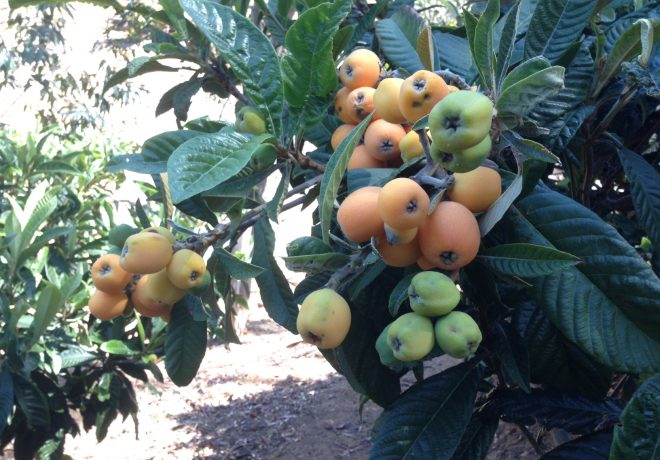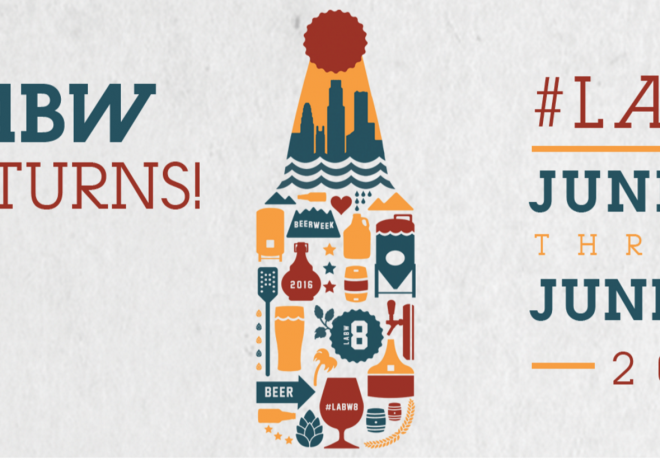
You may have heard of a few historical styles trending in craft breweries in the last few years. These are styles of beer that, for one reason or another, have fallen out of usage through time. But with the dedication of some intrigued brewers (and some properly motivated historians), their recipes have been revived and brought back into popular usage.
The briny German wheat beer Gose (like our recent Strawberry Gose) is a good example of this. You might call the California Common a historical style as well, since before Anchor started brewing it in the 1960s it was basically extinct. Brewing these styles often makes you wonder – what popular styles will be extinct 50 years from now?
Well now, we have the chance to test that theory. On July 3rd, the Los Angeles County Arts Commission rededicated the Fort Moore Pioneer Memorial in Chinatown, and as part of that ceremony they entombed a time capsule with several artifacts. We found out about the project and thought, what’s a better item to catapult into the future than beer?

Sadly a can of beer was too big to fit in the capsule, so we’re just going to store it in our desk drawer for half a century instead. What we ended up putting in was the next best thing, and much, much smaller – yeast.

We took a small cut off from one of our barrel staves (from one of our Pinot Fresa barrels), sterilized it, and then let it soak in some yeast for a few days. Then we dried it out and vacuum-sealed the sample – resulting in a specimen that should stay dormant for many years, until it’s time to exhume the capsule and make a new beer from it.
The strain of yeast we used is in itself an ancient ale, in fact. It’s called Kveik (pronounced like kvetch+bike), and it’s a very old farmhouse style from Norway (Vikings!). Like other farmhouse beers – saison, for instance – it can ferment at quite a higher than normal temperature, up into the 90s. Unlike saison, however, it doesn’t take on any of the strong phenolic flavors of clove and pepper that come from those high temperatures, so the result is a surprisingly refreshing, bone dry beer.

The yeast was able to adapt so well to ferment at these temperatures in part because of how they were traditionally stored – often, on a loop of wood called a gjærkrans (pronounced like…honestly who knows), which allowed the yeast to dry out for an indefinite time before being used again. It’s also the inspiration for how we dried out our batch of it – with any luck, it should be fresh as a daisy when they crack open this capsule again.
And so, if you’re reading this in the year 2069, we at Angel City would like to invite you to try brewing kveik, an ancient ale from the year 2019. We call it Trans-Atlantic Wheat – though you might call it Trans-Temporal Wheat. It pairs the yeast with some fine English Tea from our friends at Finlay’s, as well as some American wheat and peach purees. We think it will be a super refreshing beer for a nice, balmy 114° February day (sorry about that, by the way).






